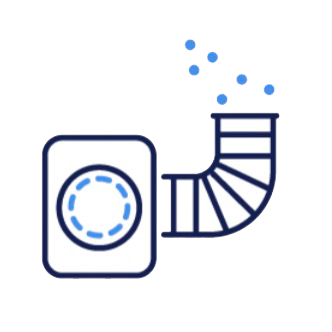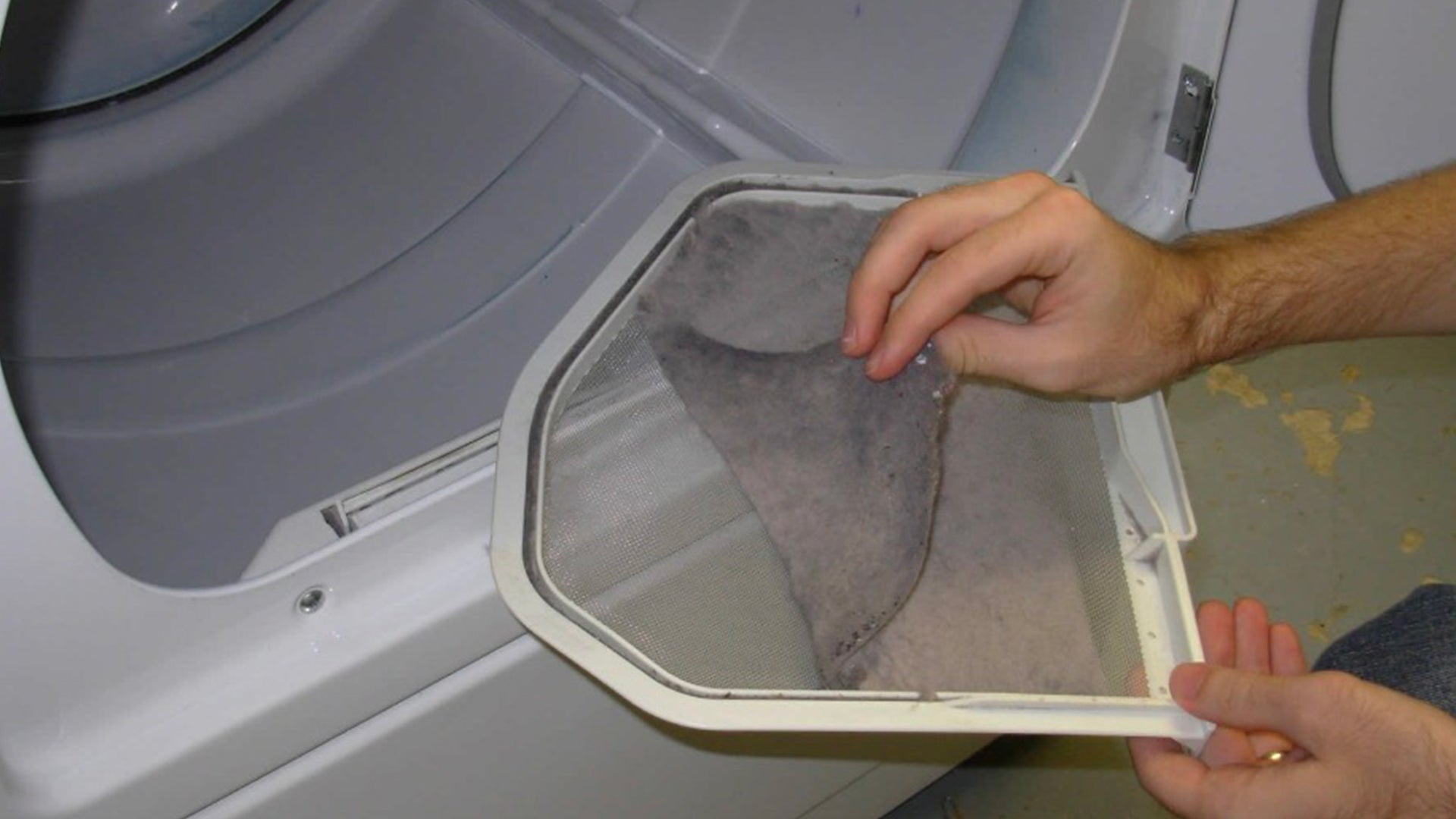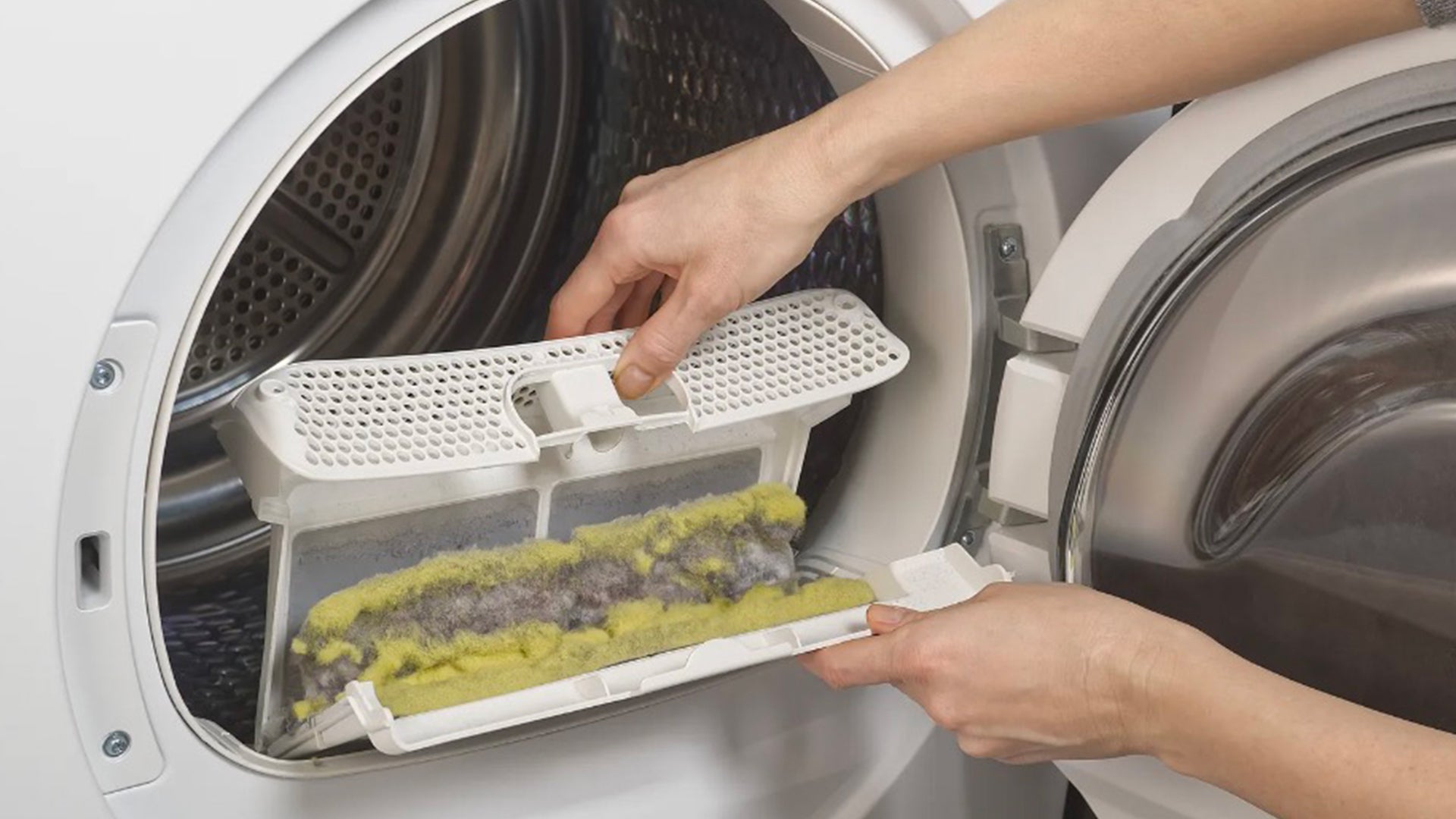1. Identify and Isolate Infested Items
First, identify all items that may be infested with lice. Lice can cling to various fabrics, including:
● Clothing: Shirts, pants, jackets, and other wearables.
● Bedding: Sheets, pillowcases, and blankets.
● Towels: Bath towels, washcloths, and hand towels.
Isolate these items immediately to prevent the lice from spreading to other areas of your home.
2. Pre-Treat Infested Items
Before washing, it’s beneficial to pre-treat infested items:
● Stain Removal: If there are visible signs of lice or lice eggs (nits), pre-treat these areas with a mild detergent or a mixture of water and vinegar. This can help break down the protective coating of the lice and nits.
● Lice-Repellent Products: Some people use lice-specific cleaning products, although they are less common. Check for any recommendations from health professionals.
3. Use Hot Water for Washing
Lice and their eggs (nits) are highly sensitive to heat. Wash all infested items in the hottest water safe for the fabric. Here’s how:
● Temperature: Set your washing machine to the hottest setting (at least 130°F or 54°C). Hot water helps kill lice and nits.
● Detergent: Use a high-quality laundry detergent to ensure effective cleaning. Avoid using fabric softeners as they can reduce the effectiveness of the detergent.
4. Dry Thoroughly
Drying is as crucial as washing when it comes to killing lice:
● High Heat: Use the highest heat setting on your dryer. Lice and their eggs are sensitive to heat, and the high temperature will help ensure that any remaining lice are eliminated.
● Duration: Dry the items for at least 20 to 30 minutes to ensure they are thoroughly dried.
5. Alternative Cleaning Methods
For items that cannot be washed or dried in high heat, consider these alternative methods:
● Sealing in Plastic Bags: For items that cannot be washed, place them in airtight plastic bags and seal them tightly. Leave the bags sealed for at least 48 hours. Lice cannot survive without a host, and this method can help ensure they die off.
● Dry Cleaning: If dry cleaning is an option, it’s an effective way to kill lice and nits on infested items. Make sure to inform the dry cleaner about the infestation.
6. Clean Non-Washable Items
For items that cannot be washed or sealed, such as stuffed animals and certain upholstery:
● Vacuuming: Thoroughly vacuum all surfaces, including carpets, upholstery, and any other areas where lice might have fallen. This helps remove lice and nits from the environment.
● Steaming: If possible, use a steam cleaner on non-washable items to kill lice and their eggs.
7. Regularly Clean Your Home
To prevent reinfestation, maintain cleanliness in your home:
● Vacuum Frequently: Regularly vacuum areas where infested items were placed.
● Wash Bedding and Towels: Continue washing bedding, towels, and other frequently used items on a regular basis, especially if the infestation persists.
8. Monitor for Reinfestation
After completing the washing and cleaning process, monitor everyone in your household for signs of lice. Ensure that all family members receive appropriate treatment and follow lice management guidelines.
Conclusion
Washing laundry infested with lice requires careful attention to detail and proper cleaning methods. By following these steps—washing in hot water, drying thoroughly, and using alternative cleaning methods for non-washable items—you can effectively eliminate lice and prevent further spread. Maintaining a clean environment and monitoring for reinfestation are also crucial steps in managing and resolving lice issues effectively.



